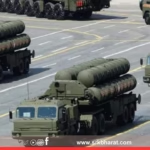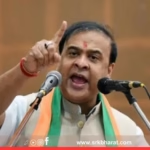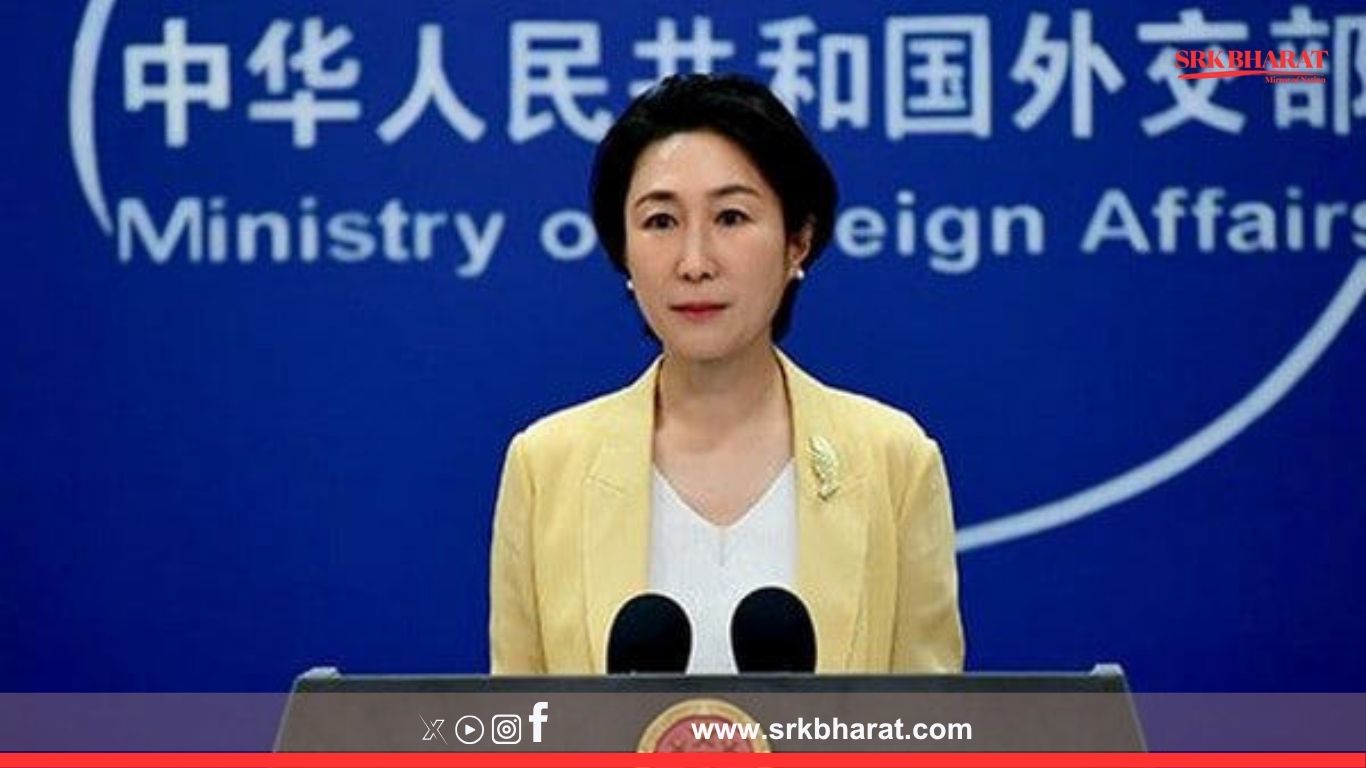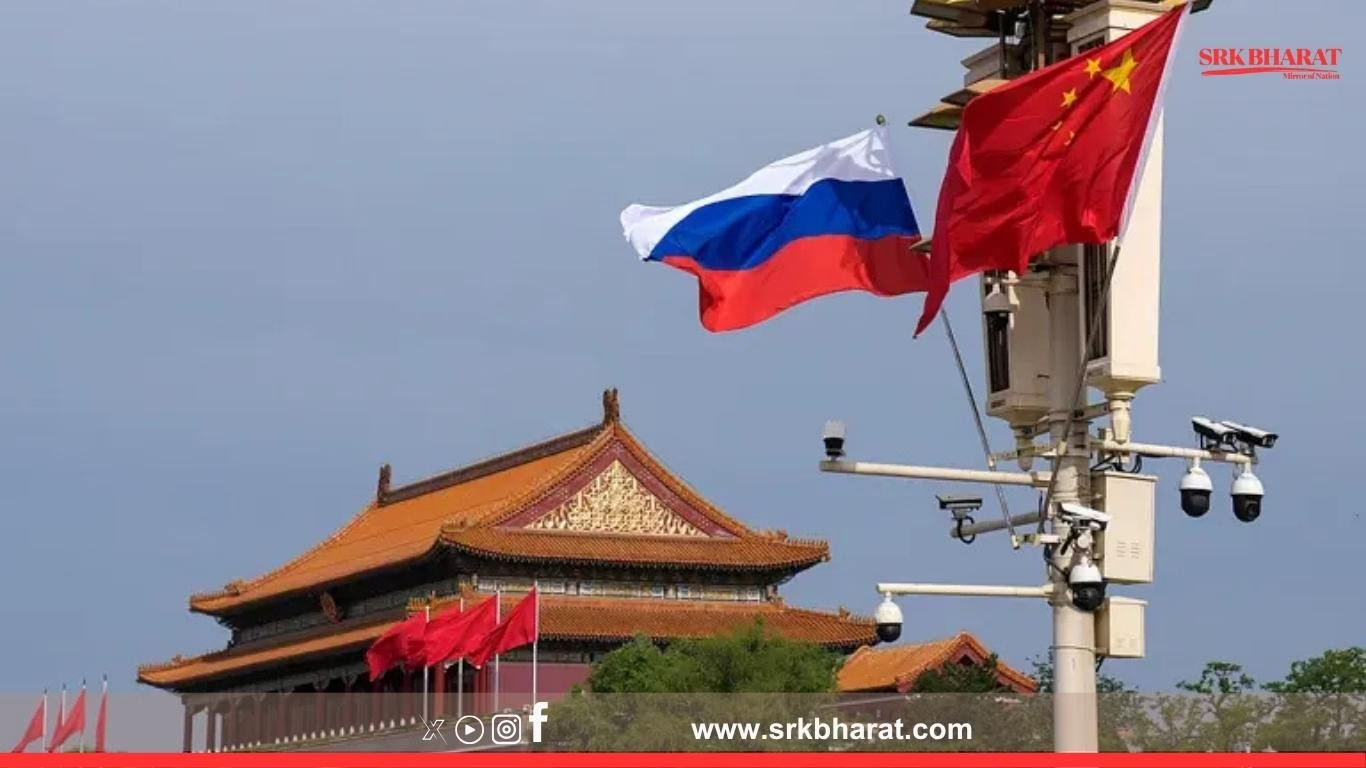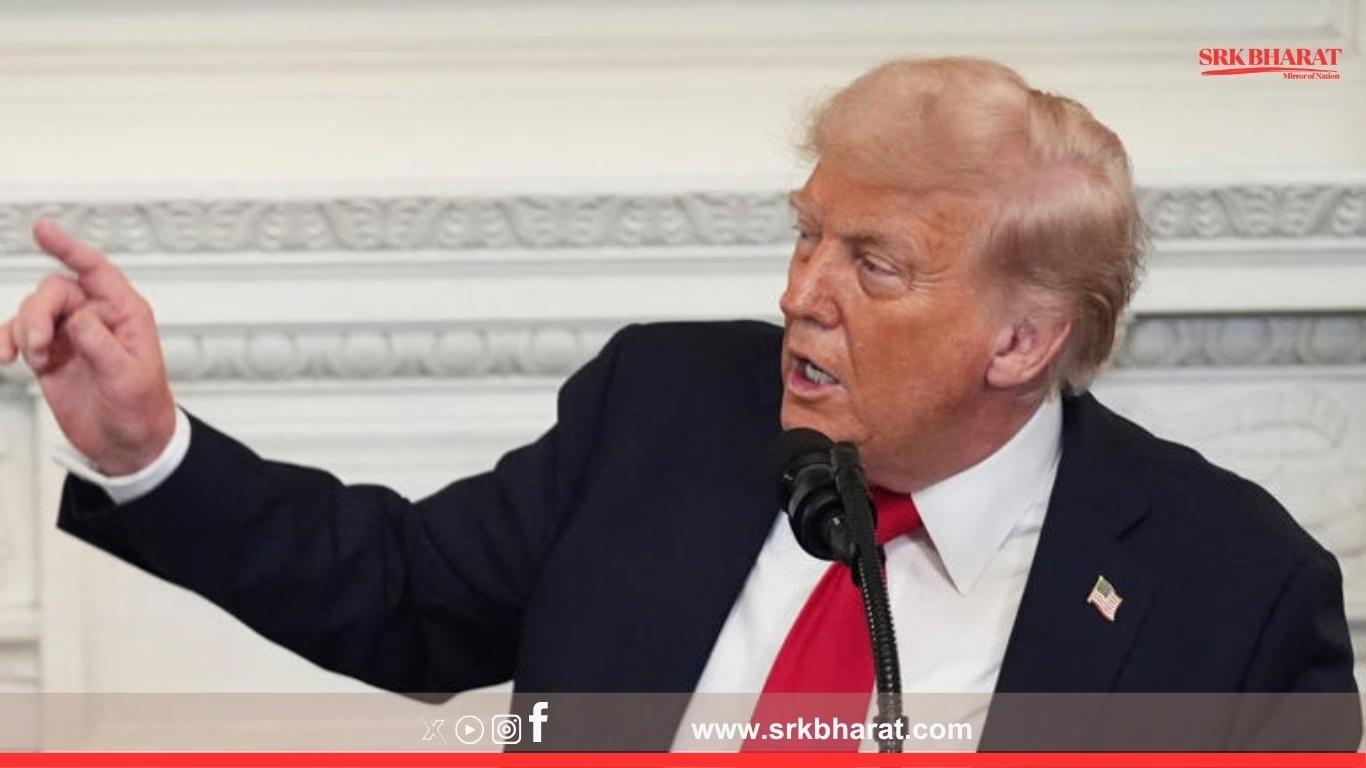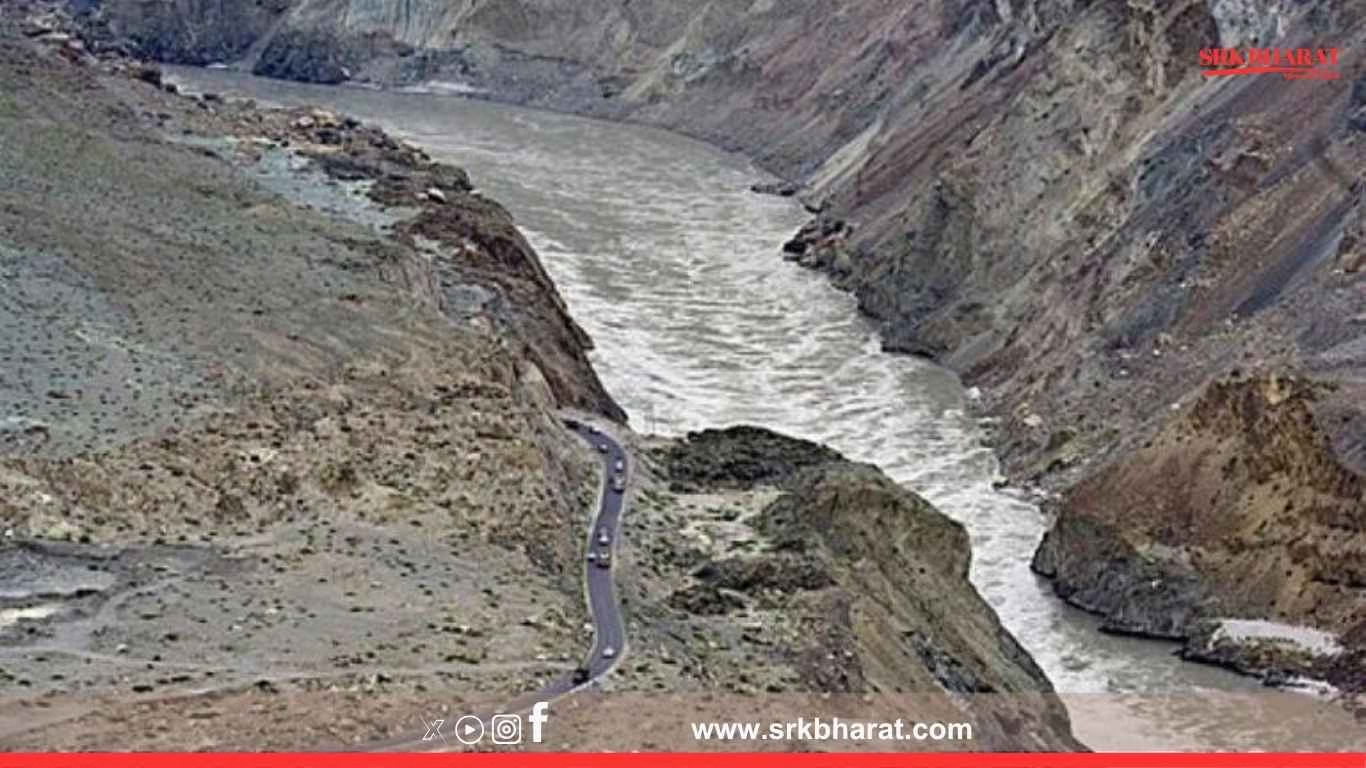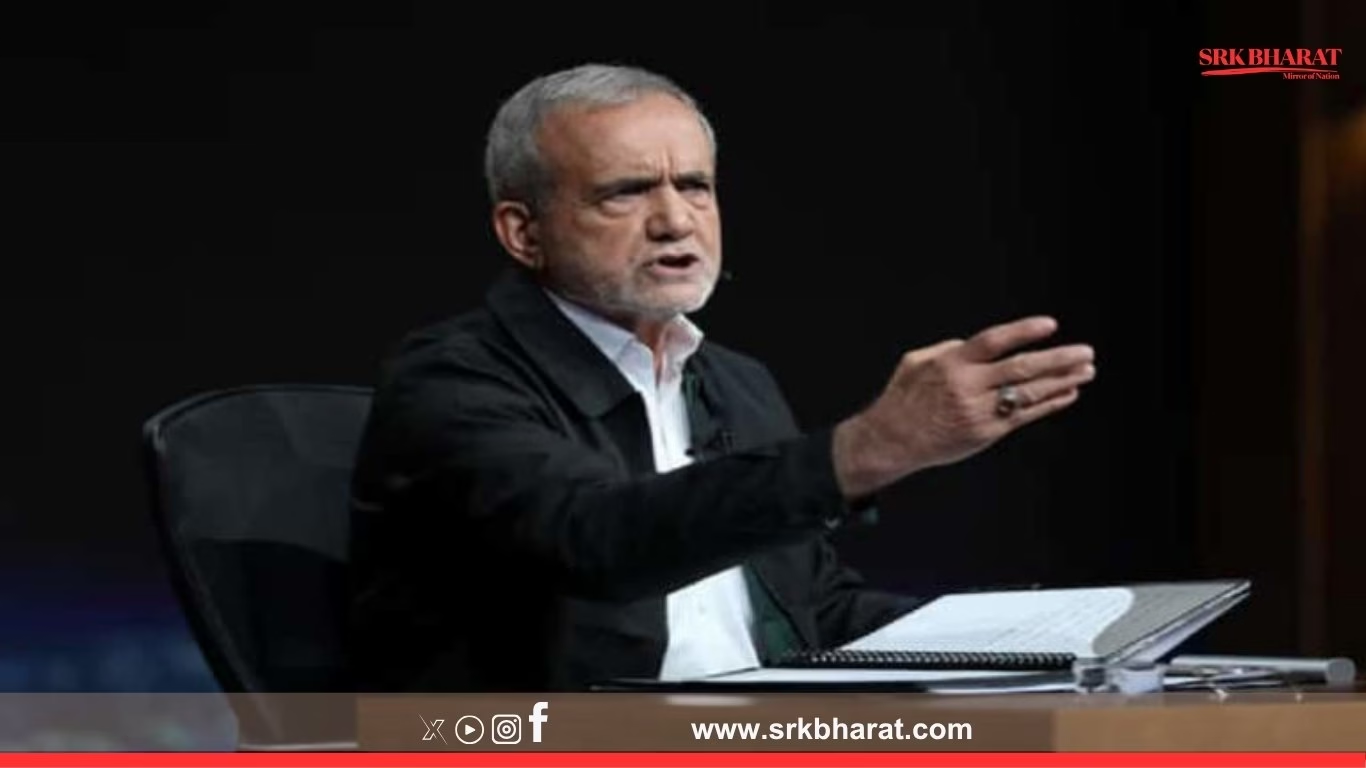China has lodged a formal diplomatic protest against India after Prime Minister Narendra Modi extended birthday greetings to the Tibetan spiritual leader, the 14th Dalai Lama, on his 89th birthday. The protest underscores the deepening fault lines in Sino-Indian relations, where Tibet remains a historically sensitive and politically charged issue for Beijing.
China’s Official Protest
Chinese Foreign Ministry spokesperson Lin Jian stated during a press conference in Beijing:
“The Indian side should fully recognise the anti-China separatist nature of the 14th Dalai Lama, abide by its commitments to China on Tibet-related issues, and stop using Tibet-related issues to interfere in China’s internal affairs.”
He further reiterated that Tibet is purely an internal matter of China, warning India against any political signalling that challenges Beijing’s sovereignty claims.
PM Modi’s Birthday Message to Dalai Lama
On 6 July, PM Modi shared via social media and official channels:
“Conveyed 89th birthday greetings to His Holiness the Dalai Lama over phone earlier today. We pray for his long life and good health.”
This marks the third consecutive year PM Modi has publicly greeted the Dalai Lama, a shift from previous Indian governments’ cautious approach to avoid antagonising China on the Tibet issue.
Why China Reacted Strongly
- Symbolic Assertion of Sovereignty: Any official outreach to the Dalai Lama is seen by Beijing as a direct challenge to its claim over Tibet and its narrative that the spiritual leader is a “separatist under the guise of religion”.
- Timing Amid Border Tensions: The birthday wish comes as India-China border talks over Eastern Ladakh remain deadlocked, with both sides reinforcing positions at friction points like Depsang and Demchok.
- International Tibet Lobby: China perceives Indian official gestures towards the Dalai Lama as support for the global Tibetan freedom movement, which it seeks to suppress diplomatically.
India’s Consistent Position
New Delhi maintains that:
- The Dalai Lama is a revered spiritual figure.
- He has lived in India peacefully since 1959 after fleeing Tibet following China’s military crackdown on the Tibetan uprising.
- India’s position on Tibet as an autonomous region of China has not changed, but wishing the Dalai Lama on his birthday is part of humanitarian and cultural respect.
Historical Context: Tibet as a Flashpoint
| Year | Event | Impact on India-China Ties |
|---|---|---|
| 1959 | Dalai Lama flees to India | India grants asylum, leading to diplomatic rupture. |
| 1988-2003 | Periodic border negotiations | Tibet remains core Chinese sensitivity during talks. |
| 2017 | Dalai Lama visits Arunachal Pradesh | China protests; calls Arunachal “South Tibet”. |
| 2020-25 | Ladakh standoff | Tibet Military District remains PLA’s forward deployment theatre; Dalai Lama references anger China further. |
Chinese Domestic Narrative on Dalai Lama
China continues to describe the Dalai Lama as:
- A “political exile under the cloak of religion”
- Someone who “conspired to split Tibet from China”
- A figure allegedly supported by “anti-China Western forces to destabilise China’s western frontier”
This narrative is systematically propagated to delegitimise his global moral stature as a proponent of non-violence and Tibetan cultural autonomy.
India’s Strategic Calculations
Analysts believe India’s continued public outreach to the Dalai Lama is driven by:
- Assertive Diplomatic Signalling: Sending a message that China cannot dictate India’s domestic outreach or religious diplomacy.
- Leverage in Border Talks: Tibet remains a core vulnerability for China. India highlighting Tibetan concerns subtly enhances its negotiating position.
- Domestic Political Messaging: Displaying solidarity with Tibetan Buddhist communities in Ladakh, Himachal Pradesh, Arunachal Pradesh, and Sikkim.
Possible Impact on India-China Relations
| Aspect | Likely Outcome |
|---|---|
| Border Negotiations | May harden Chinese positions in upcoming commander-level talks. |
| Economic Ties | Limited immediate fallout; bilateral trade continues despite tensions. |
| Tibetan Community | Boosts morale of Tibetan exiles and Central Tibetan Administration (CTA) based in Dharamshala. |
| Regional Perceptions | Signals to smaller neighbours that India is willing to assert sovereignty and diplomatic independence despite Chinese threats. |
Tibetan Government-in-Exile Reaction
Penpa Tsering, the Sikyong (President) of the CTA, welcomed PM Modi’s greetings as “a reflection of India’s enduring commitment to Tibetan culture, people, and values.”
He added:
“Such gestures matter greatly for our community and our cause of preserving Tibetan identity and non-violent struggle for genuine autonomy.”
China’s Broader Strategy on Tibet
Under President Xi Jinping’s “Sinicisation of Religion” campaign, Beijing has tightened its control over Tibetan monasteries, religious education, and the reincarnation processes of senior lamas. It is also preparing to assert authority over the Dalai Lama’s succession, a move widely rejected by Tibetan exiles.
The Dalai Lama Succession Issue
| Issue | China’s Position | Tibetan Exile Community’s Position |
|---|---|---|
| Reincarnation Control | Must be approved by Beijing under 2007 law. | Only Dalai Lama can decide his reincarnation procedures. |
| Future Location | Inside China-controlled Tibet. | Likely to reincarnate outside Tibet if conditions remain repressive. |
| International Recognition | Seeks global acceptance of Chinese-appointed successor. | Urges global rejection of Chinese interference in spiritual traditions. |
Future Outlook
Diplomatic watchers believe:
- China will continue periodic protests over Indian official engagements with the Dalai Lama.
- India will maintain its stance of cultural outreach without challenging its official Tibet policy, unless border tensions escalate further.
- The Dalai Lama’s advancing age will sharpen geopolitical contestations over his succession, with implications for India-China relations and Himalayan security dynamics.
Conclusion
PM Modi’s birthday greeting to the Dalai Lama, while humanitarian in essence, carries profound strategic symbolism. China’s sharp protest underlines the enduring sensitivity of the Tibet issue, which remains not just a territorial concern but a deep question of cultural identity, religious freedom, and regional balance of power in Asia.
Disclaimer: This news content is intended purely for informational purposes. It does not constitute diplomatic, strategic, or policy advice.



